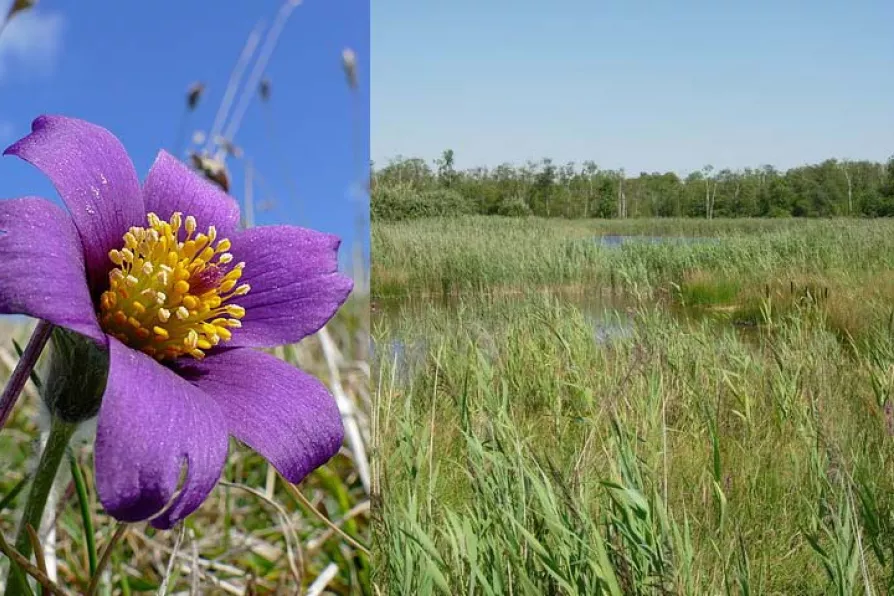The catastrophe unfolding in Gaza – where Palestinians are freezing to death in tents – is not a natural disaster but a calculated outcome of Israel’s ongoing blockade, aid restrictions and continued violence, argues CLAUDIA WEBBE

 A reedbed at Chippenham Fen (Pic: Hugh Venables/Creative Commons) and a pasqueflower (Pic Bernard Dupont/Creative Commons)
A reedbed at Chippenham Fen (Pic: Hugh Venables/Creative Commons) and a pasqueflower (Pic Bernard Dupont/Creative Commons)
AS I stood on the top of Mount Caburn, a chalk promontory of the South Downs, and looked east, I could see, stretching for many miles, the landscape that has been created over 140 million years. Scarps and combes, floodplains, ridges and rivers.
I could “read” this sleeping giant of a landscape and its deep-time story in all its natural detail, under its soft blanket of woods, pastures, crops, and villages.
I could picture the immense tectonic heavings that had thrust up the Wealden Dome, and I could see the Ice Age torrents, freezings and meltings that had eroded the chalks, clays, and sandstones back to their current forms.

One of the major criticisms of China’s breakneck development in recent decades has been the impact on nature — returning after 15 years away, BEN CHACKO assessed whether the government’s recent turn to environmentalism has yielded results

This year’s march and swim in a reservoir in the Peak District will continue the fight for 'access for all' in a nation where 92 per cent of land remains inaccessible to the public, writes SHAILA SHOBNAM












